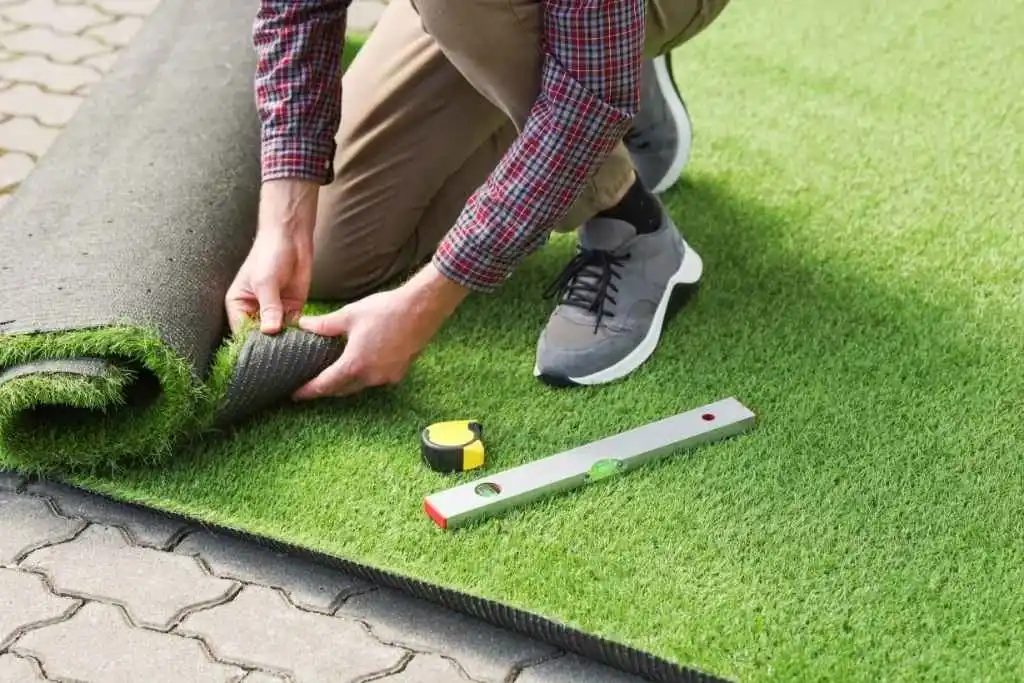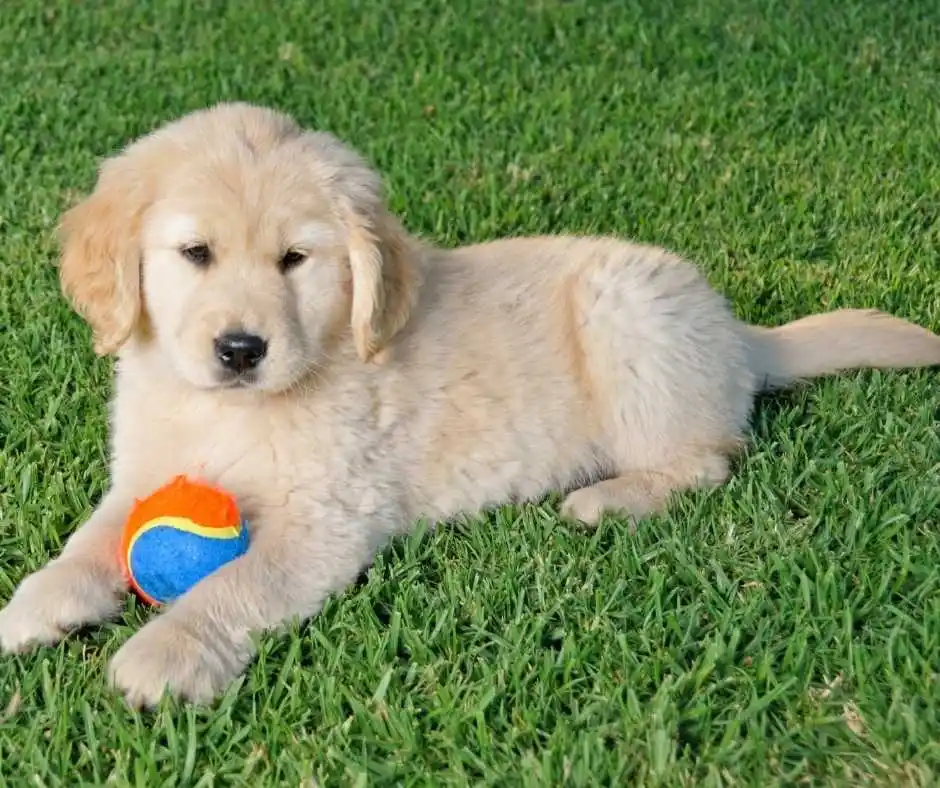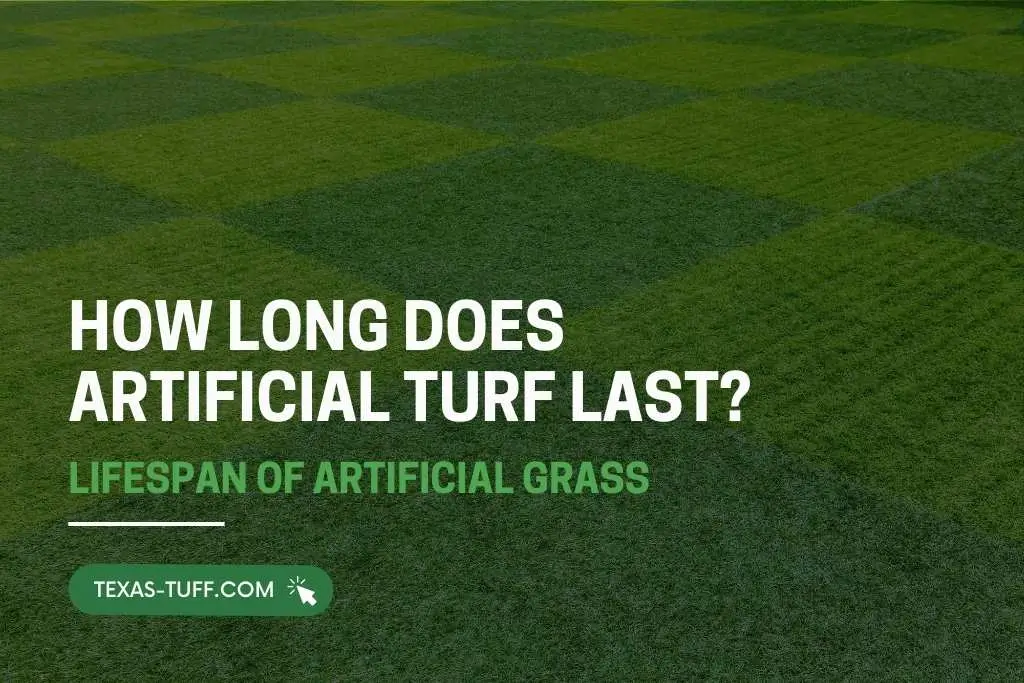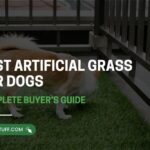Artificial grass has redefined modern landscaping. It delivers a lush, green, low-maintenance lawn year-round. Yet, like any outdoor investment, its longevity is not guaranteed. Factors such as usage, climate, installation quality, and ongoing care determine how long it lasts.
When built with premium materials and properly maintained, synthetic grass can endure for more than a decade, providing a consistently lush, clean, and virtually maintenance-free lawn.
Identifying the factors that impact turf longevity allows homeowners to protect their investment and ensure long-term value.
This guide outlines the essential insights you need to know:
- Typical lifespan of artificial grass
- Major factors affecting durability
- Considerations for households with pets
- Signs it’s time to replace your turf
- How artificial lawns save time and money in the long term
Whether installing new turf or extending the life of an existing lawn, these insights help ensure your investment remains attractive, functional, and long-lasting.
How Durable Is Artificial Turf in Real Life?
Artificial grass is engineered to look vibrant for many years, but durability varies based on quality, installation, and usage.
- High-quality turf: Can last 10–20 years with proper care
- Lower-grade turf: Typically shows wear in 5–8 years
Factors that influence turf longevity include:
- Material quality: Premium fibers resist fading, matting, and crushing.
- Backing strength: A robust backing prevents tears and keeps the lawn stable.
- UV protection: Essential for sunny climates to maintain color.
- Foot traffic: High-traffic areas experience faster wear.
- Maintenance: Routine brushing, rinsing, and cleaning significantly extend lifespan.
Investing in superior materials and following recommended care practices ensures your lawn remains attractive and functional for well over a decade.

Key Factors That Determine the Lifespan of Your Artificial Grass
For homeowners and property managers, knowing what affects the lifespan of artificial turf is critical. While synthetic grass provides a low-maintenance, year-round solution, its long-term durability depends on several key factors.
1. Material Quality Is Non-Negotiable
Not all artificial grass is created equal. Premium fibers are engineered to resist crushing, fading, and matting, even under heavy use.
Lower-grade turf may appear fine initially but deteriorates quickly, losing both color and texture. Investing in high-quality materials upfront is a strategic move that pays dividends over time.
2. Professional Installation and Base Preparation Matter
Even the best turf cannot perform without a proper foundation. A carefully prepared base ensures:
- Efficient drainage to prevent pooling
- Stability that resists shifting or tearing
- Smooth surfaces that reduce wear in high-traffic areas
Cutting corners during installation might save money in the short term but significantly undermines long-term performance.
3. Climate and Weather Considerations
Exposure to sun, rain, snow, and temperature extremes impacts turf longevity. For instance:
- UV rays can fade unprotected fibers.
- Poor drainage encourages mold or mildew.
- Snow or frost may temporarily flatten fibers.
Selecting UV-resistant, climate-appropriate turf is a small but critical step that extends lifespan and preserves appearance.
4. Foot Traffic and Usage Patterns
High-activity areas, whether children are playing, pets are running, or sports games are taking place, experience faster wear.
Simple interventions, such as brushing fibers upright or rotating activity zones, can maintain a fresh, uniform look for years.
5. Routine Maintenance Is Key
While synthetic grass is low-maintenance, neglect accelerates deterioration. Regular care prevents:
- Debris buildup that crushes fibers
- Odors or bacteria from pets
- Uneven wear or matting
Even a few minutes each week of brushing, sweeping, or rinsing can meaningfully extend your lawn’s life.

What to Expect if You Have Pets Using the Turf
Artificial turf offers a transformative solution for pet owners, providing a consistently green, mud-free, and low-maintenance lawn.
Yet pets introduce specific challenges that can impact its longevity. Recognizing these factors upfront is essential for maintaining a vibrant, durable, and long-lasting outdoor space.
1. Increased Wear and Tear
Active pets, whether running, digging, or playing, can accelerate fiber flattening even on premium turf. High-traffic areas will inevitably show signs of use. Regular brushing helps restore fibers, maintaining a polished and vibrant appearance over time.
2. Odor and Waste Management
Pet urine can cause stains or lingering odors if not addressed promptly. Most synthetic lawns include a drainage layer to manage liquids, but periodic rinsing is still essential.
For persistent odors, consider the following:
- Apply a vinegar-and-water solution to small areas
- Use pet-safe turf cleaners for deeper sanitation.
3. Safety Considerations
Artificial turf is generally safe for pets, but debris such as sticks or sharp objects can accumulate over time. Routine inspections and prompt cleanups help prevent injuries and maintain a hygienic outdoor environment.
4. Choosing Pet-Friendly Turf Makes a Difference
Selecting artificial grass designed for pets can significantly improve durability and comfort. Key features to look for include:
- Durable fibers that resist chewing and matting
- Permeable backing for efficient drainage
- A soft texture that is comfortable for paws
5. Maintenance Keeps Your Turf Healthy
Pet-friendly turf requires less effort than natural grass but is not maintenance-free. Routine practices such as rinsing urine spots, brushing high-traffic areas, and performing occasional deep cleaning help keep your lawn hygienic, odor-free, and visually appealing.
How Do You Know It’s Time to Replace Your Lawn?
Even premium artificial grass has a finite lifespan. Over time, wear and tear can compromise its appearance, comfort, and functionality. Recognizing the signs of aging ensures your lawn remains safe, attractive, and fully functional.
Key indicators that replacement may be necessary:
- Flattened or matted fibers: If brushing no longer restores upright blades, the turf is losing resilience.
- Faded color: Prolonged sun exposure and weathering can bleach synthetic grass, leaving it dull and unnatural.
- Visible damage: Tears, fraying, or worn patches reduce both durability and aesthetic appeal.
- Drainage issues: Puddles or soggy areas can compromise the base and create unpleasant odors.
- Persistent odors: Lingering smells from pets or organic debris, despite cleaning, indicate that the turf may have reached the end of its useful life.
- Cracked or weakened backing: A deteriorating backing compromises stability and can lead to further damage.
Proactively replacing your turf before problems escalate preserves a pristine, safe, and visually appealing outdoor space.
A timely upgrade also prevents costly repairs and restores your lawn’s full functionality, protecting your investment over the long term.
Why Artificial Grass Is a Smart, Long-Term Investment
Artificial grass is more than a lawn. It is a strategic investment in a property’s appearance, functionality, and long-term value. Its durability depends on material quality, professional installation, foot traffic, climate, and ongoing maintenance.
Careful attention to these factors ensures synthetic turf remains both long-lasting and visually striking, providing a low-maintenance solution that delivers consistent results year after year.
Routine care, including brushing, rinsing, and occasional deep cleaning, prevents flattening, odors, and wear. This is especially important in high-traffic or pet-friendly areas.
Replacing aging turf at the right time ensures the outdoor space remains safe, visually appealing, and fully functional.
Investing in premium artificial turf delivers measurable benefits: lower maintenance, consistent year-round aesthetics, and a durable, resilient landscape.
With proper care, synthetic lawns can stay vibrant, safe, and enjoyable for 10 years or more, making them a strategic, cost-effective addition to any property.







